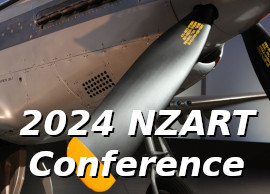QSL card designs are quite often very personal, although there are some basic rules you should follow:
- The size should be no larger than 140 x 90mm
- In practice that size is the de facto standard as well.
- Have all of the QSO details on one side
- If your card is double sided, ensure your callsign is printed on both sides.
Information you need on a QSL card:
- Your callsign
- The callsign of the station you worked
- Time and date of the QSO
- Frequency in Mhz
- Model of operation
- Signal reports
- Geographic Location, At least your Town / City and New Zealand
- ITU Zone (60 for New Zealand)
- CQ Zone (32 for New Zealand)
- Grid Locator / Maidenhead square
When filling out the details:
- Use Universal Coordinated lime (UTC)
formerly referred to as GMT, also referred to as Zulu time)–New Zealand Standard time (NZST) or New Zealand Daylight Saving Time (NZDT) is meaningless to 99.9 per cent of amateurs–and you do want a card back from them! - It's a good idea to write the month, instead of using the number of the month.
Many Countries use the date format m/d/y which means that 12/3/19 is the third of December. Writing 12 March 2019 can't be confused. - Do not correct mistakes–make out a new card.
Altered cards may be valueless to the recipient if they are chasing some awards.

